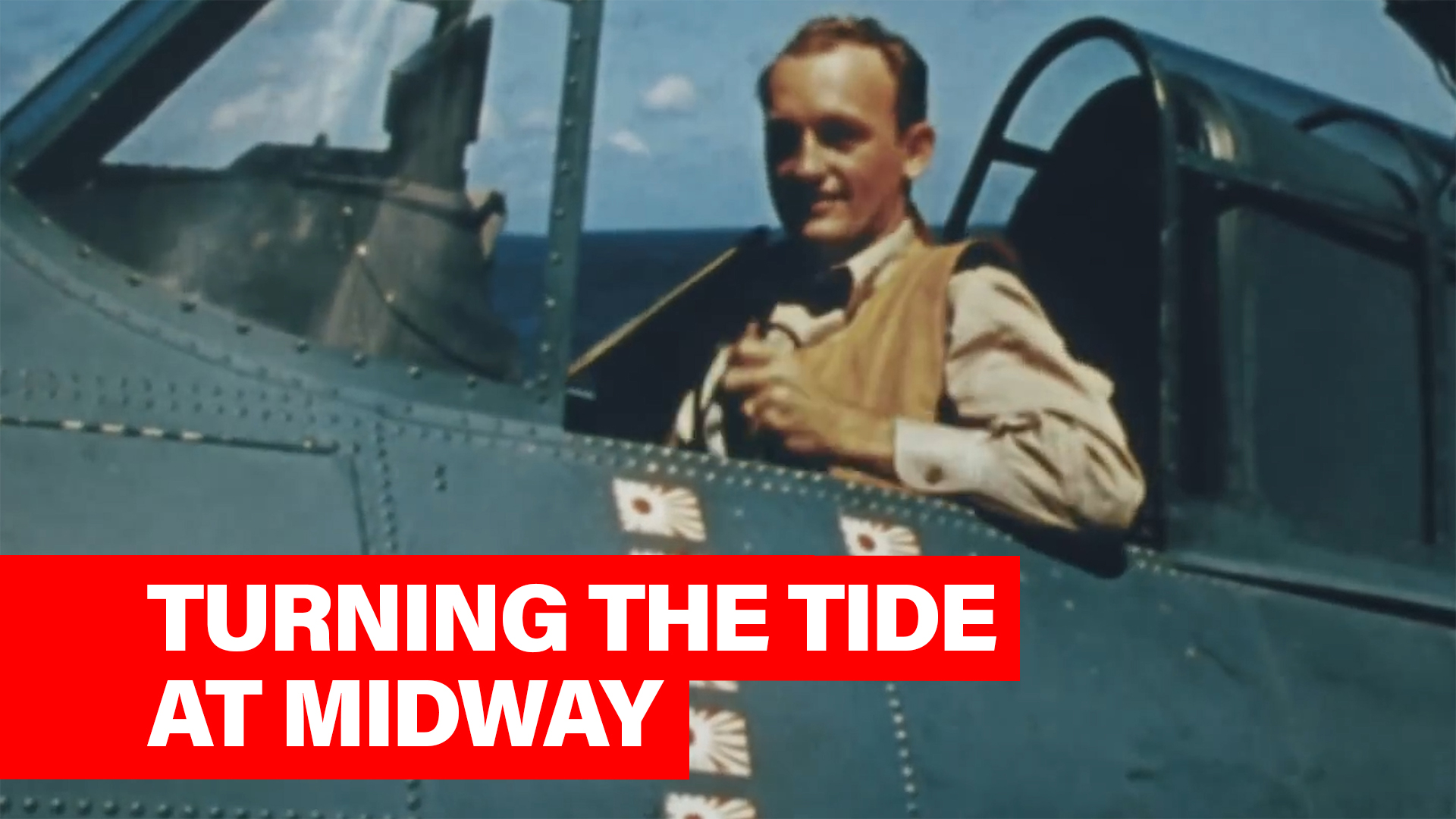Two years before the invasion of Normandy, an outnumbered American naval force fought one of the most decisive battles in history. At the Battle of Midway, centered over a small coral atoll in the middle of the Pacific Ocean, three American aircraft carriers and their escorts were waging a desperate battle against the mighty Imperial Japanese Navy.
The fact that American carriers were off Midway was due to the efforts of Cmdr. Joe Rochefort. Rochefort headed Station Hypo, a code-breaking unit based at Pearl Harbor.
Rochefort was able to decipher Japanese messages and pieced together their plan. As a result, Pacific Fleet commander Adm. Chester W. Nimitz was able to plan an ambush of the Japanese Navy.
By June 4, 1942, the aircraft carriers Enterprise, Hornet, and Yorktown were waiting for the Japanese Navy to arrive. Initial attacks by land-based planes from Midway and by the torpedo squadrons from the American carriers didn’t land any hits, but they delayed the ability of the Japanese carriers to launch a strike on the American carriers until SBD Dauntless dive bombers arrived shortly before 10:30 a.m. Within five minutes, three of Japan’s finest aircraft carriers, the Akagi, Kaga, and Soryu – all of which six months earlier had participated in the attack on Pearl Harbor – were devastatingly damaged and would sink.
The Japanese carrier Hiryu, under the skillful command of Rear Admiral Tamon Yamaguchi, proceeded to cripple the Yorktown before a late-afternoon dive-bomber strike left it so badly damaged it had to be scuttled the next morning. Yamaguchi would go down with the Hiryu, not knowing that a Japanese submarine would finish off the crippled Yorktown with torpedoes.
American dive bombers would later sink the heavy cruiser Mikuma and seriously damage the cruiser Mogami. The Battle of Midway would be marked as the turning point in the Pacific theater.





